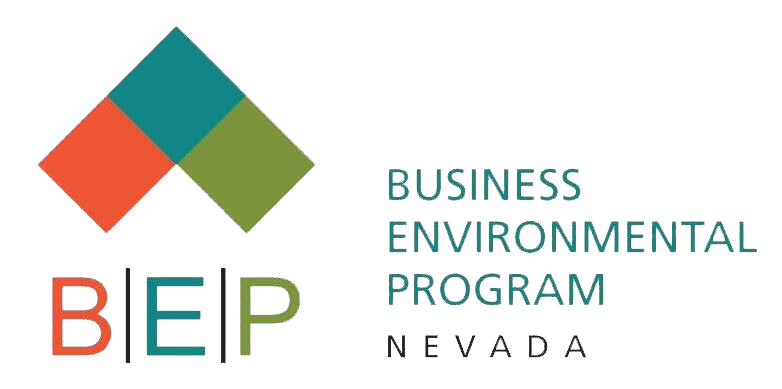New Compliance Requirements for Dry Cleaners
ATTENTION DRY CLEANERS WITH DRY-TO-DRY MACHINES The final rule for the Dry Cleaning NESHAP/NSPS Technology review is expected to be published this winter and dry cleaners must be in compliance with the final rule 180 days after the publication date. The proposed changes will affect all dry-to-dry machines at existing major and area sources. The current proposed rule will reduce emissions of Perchloroethylene (PCE) from industrial and commercial dry cleaners by requiring all sources subject to the PCE Dry Cleaning NESHAP, …
